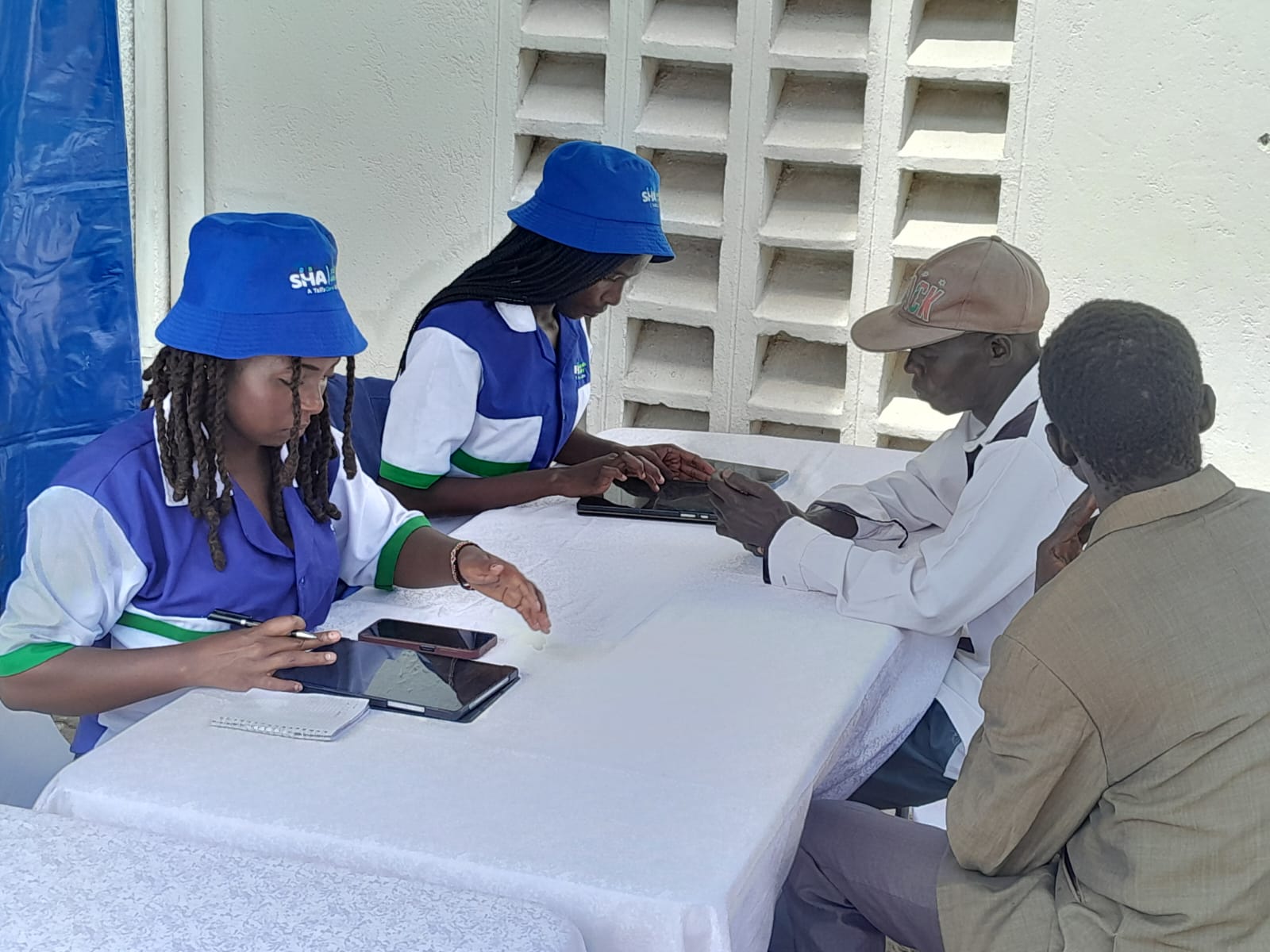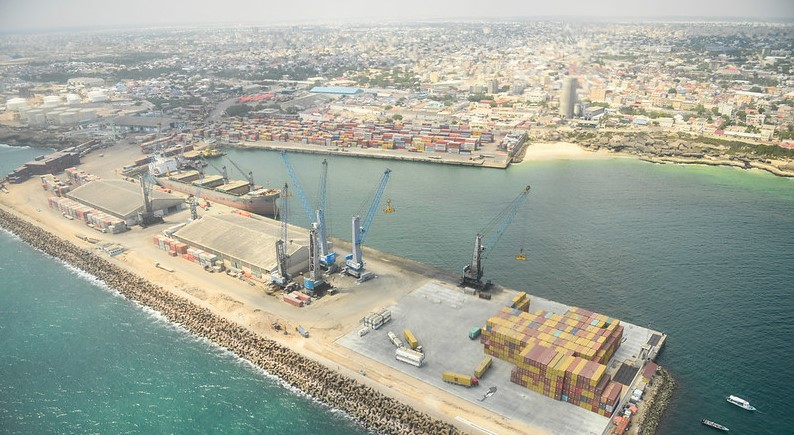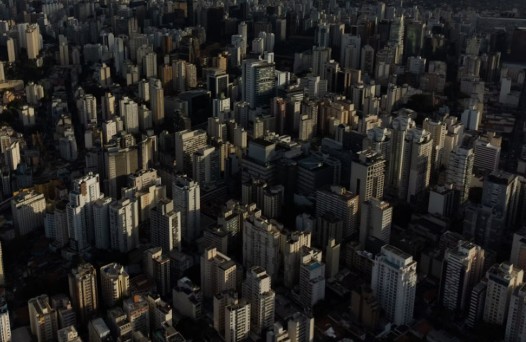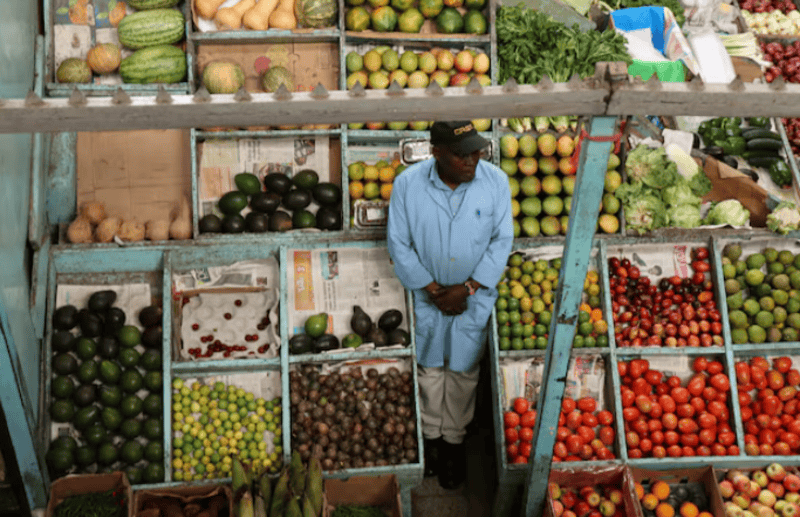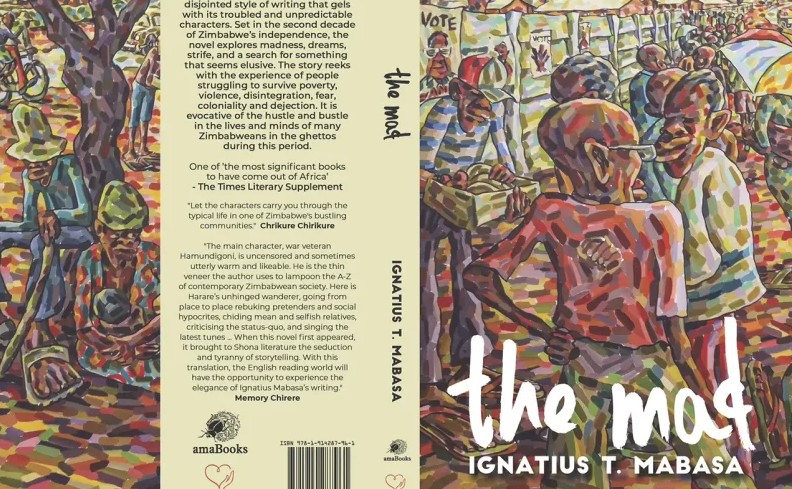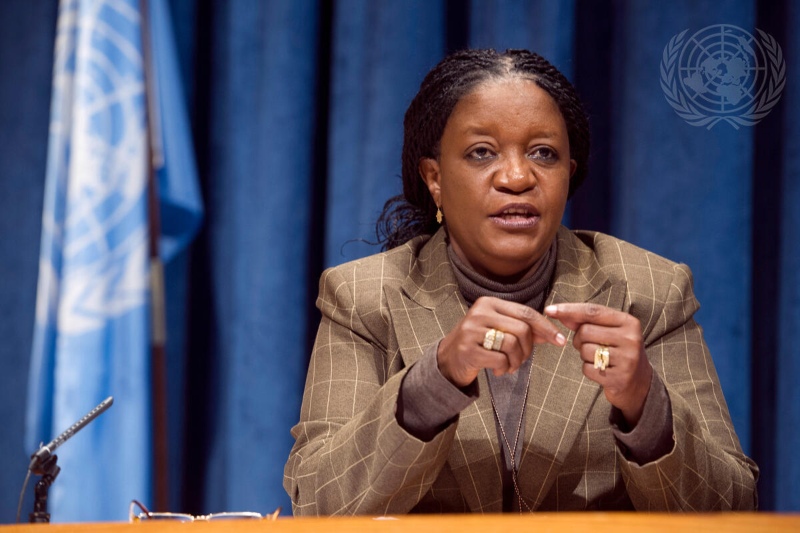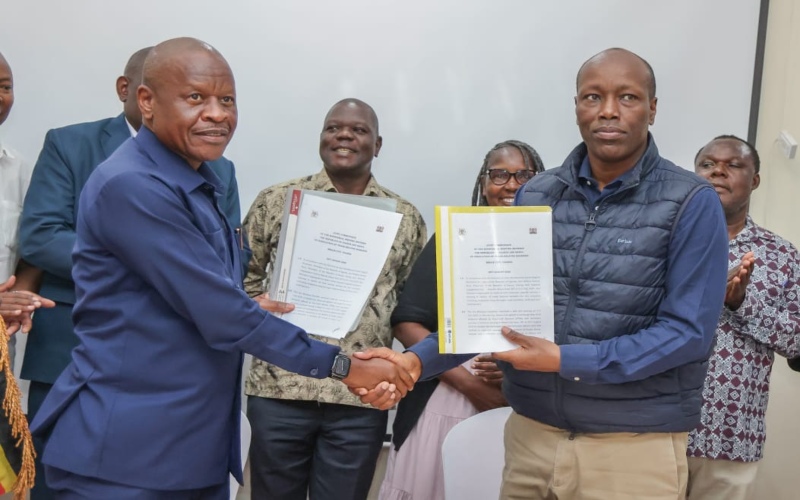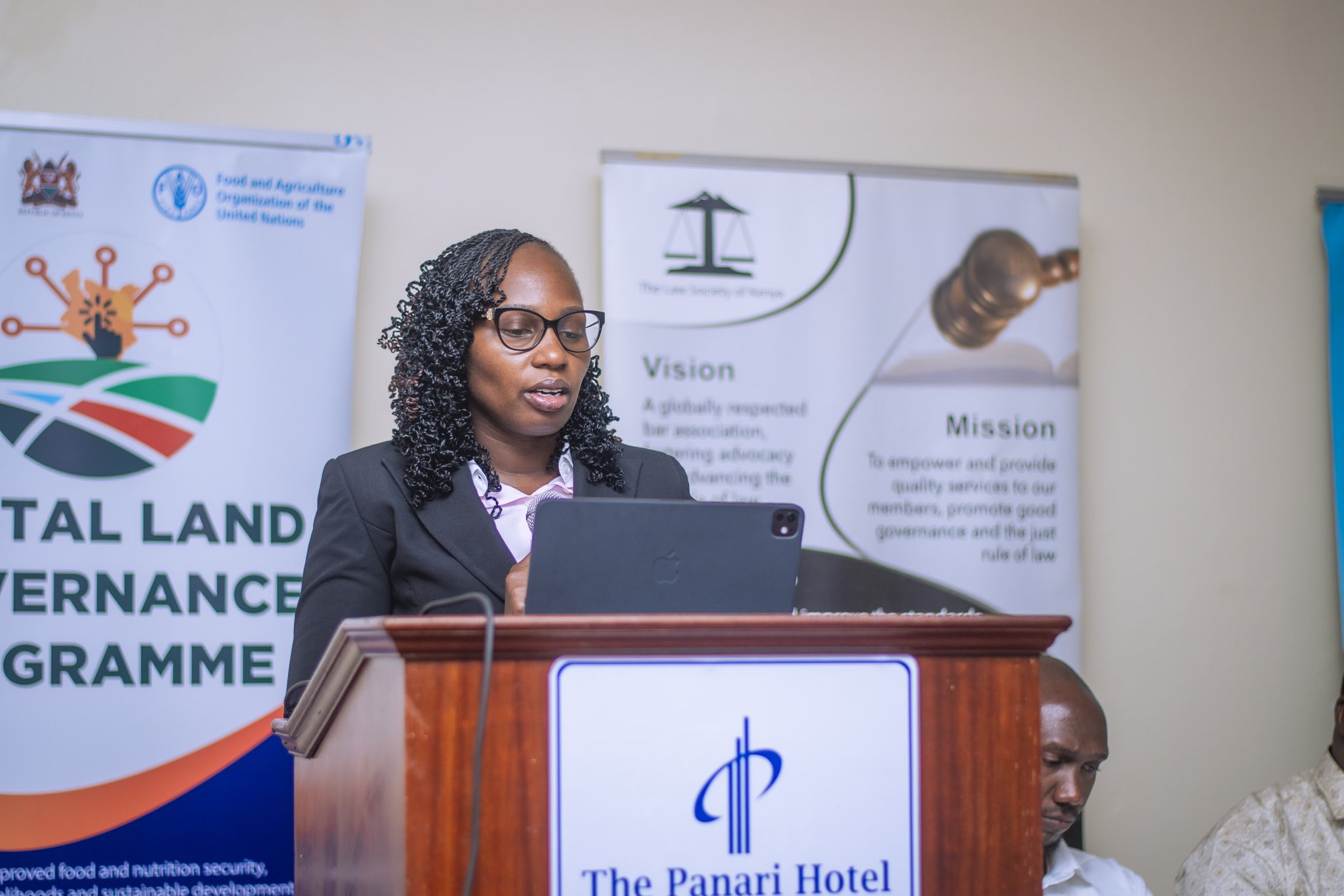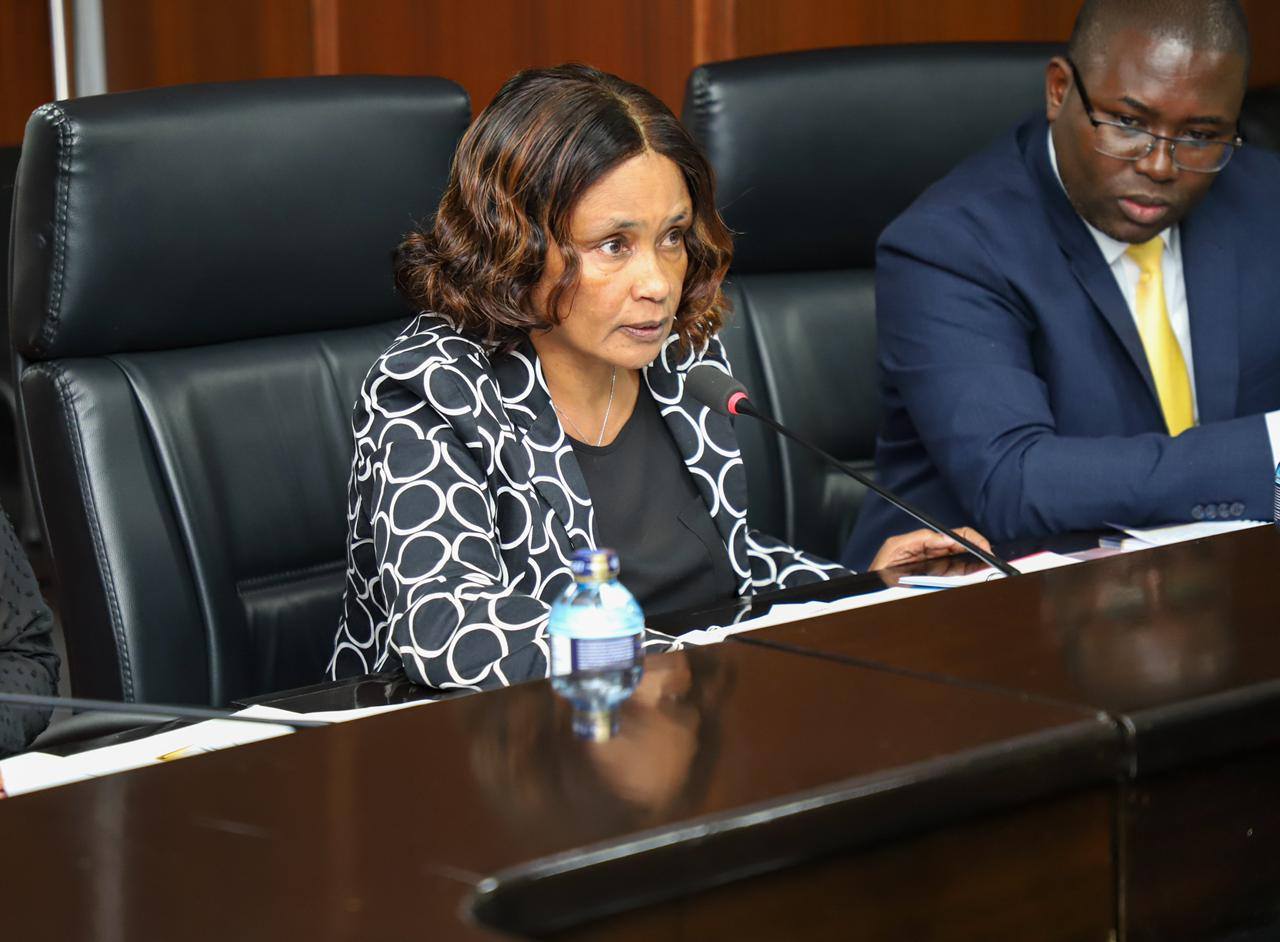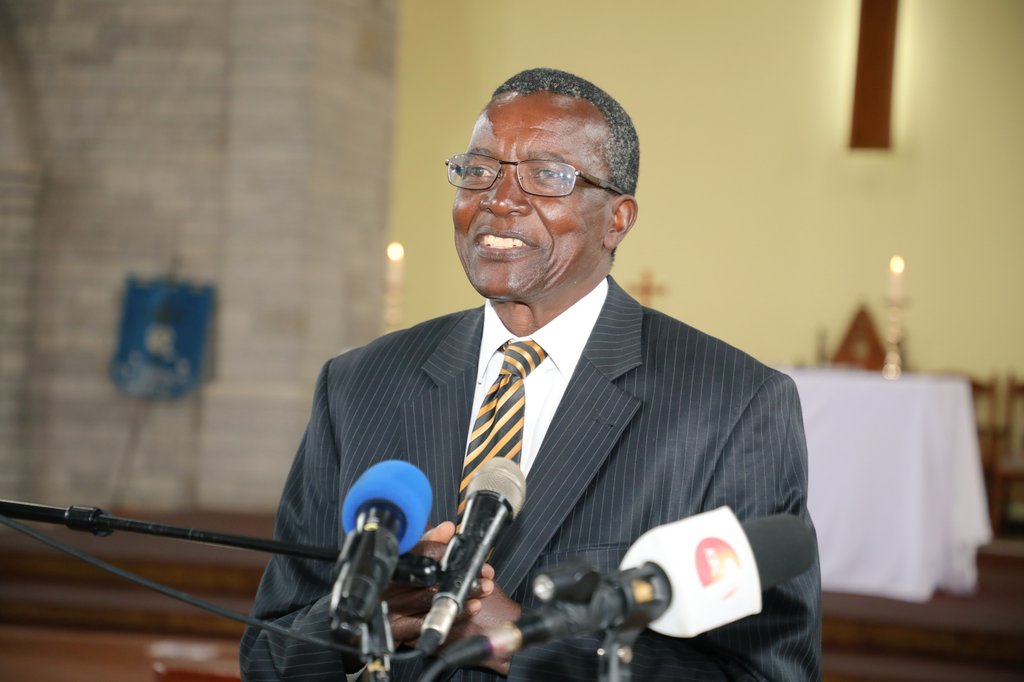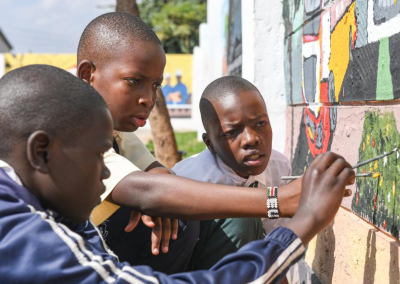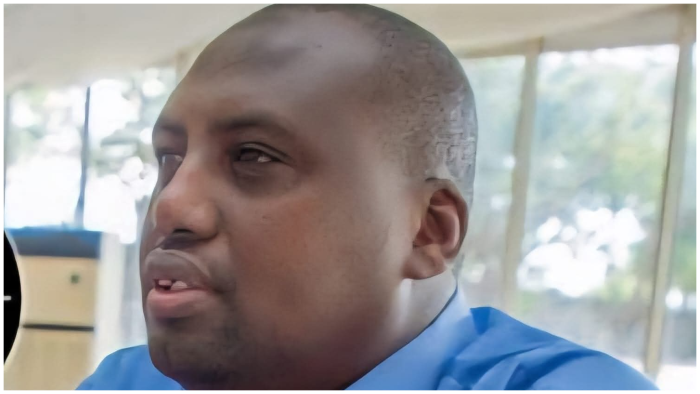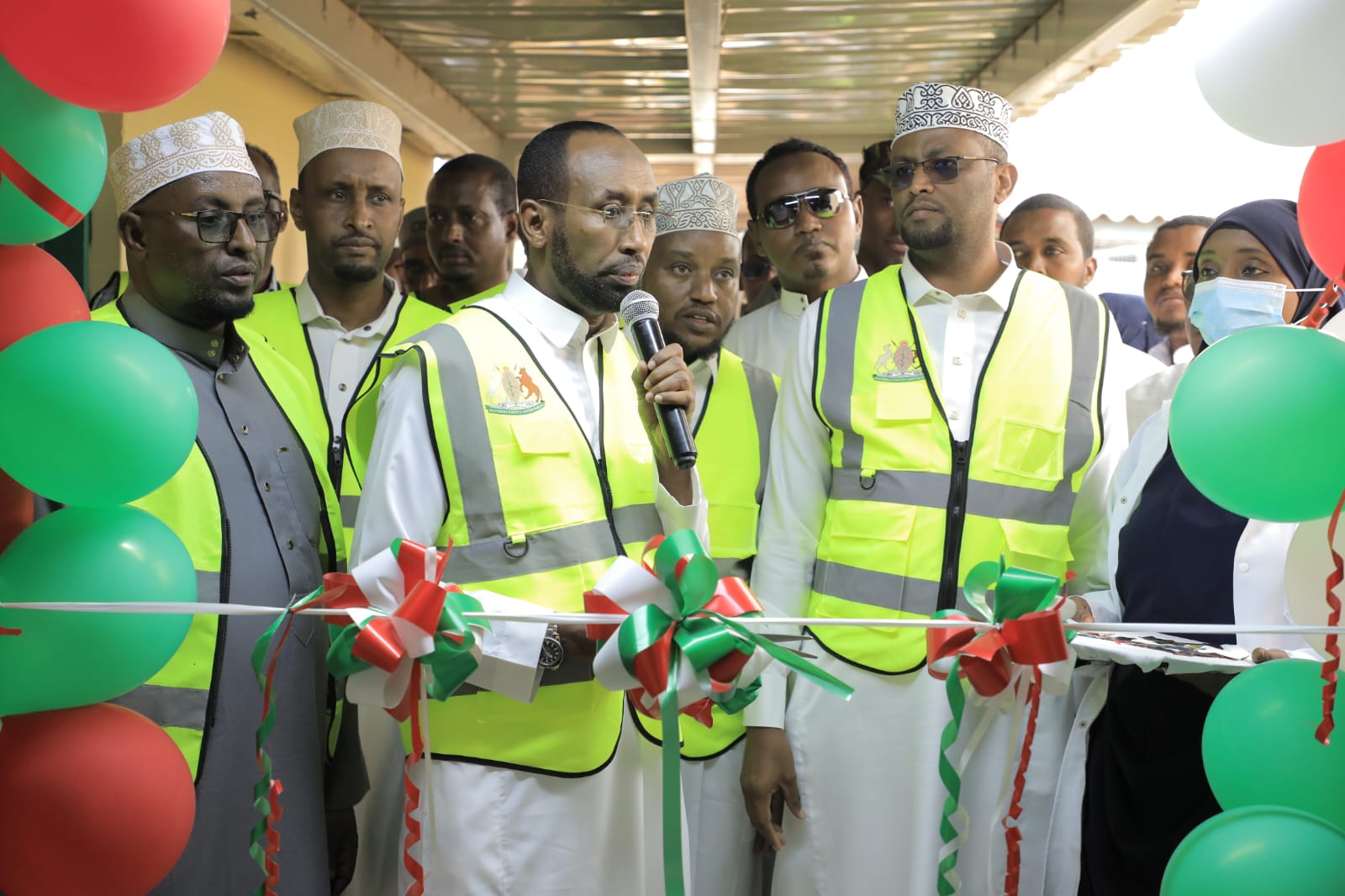Kenya must raise Sh1.6 trillion by 2030 to achieve SDGs, African Development Bank report reveals
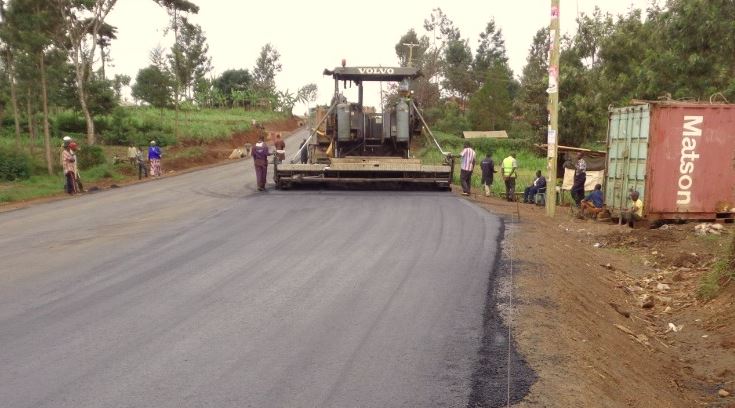
In its 2025 Country Focus Report, the African Development Bank states that Kenya urgently needs to mobilise diverse sources of capital over the next four years.
Kenya needs to close a projected $12.5 billion (Sh1.6 trillion) financing gap—equivalent to 11.6 per cent of its GDP—by 2030 to remain on course in meeting key Sustainable Development Goals (SDGs).
This is according to the African Development Bank (AfDB), which states in its 2025 Country Focus Report that Kenya urgently needs to mobilise diverse sources of capital over the next four years.
More To Read
- AfDB, AfCFTA and Africa50 sign MoU to unlock continent’s trade potential
- East Africa flagged as hotspot for procurement fraud in AfDB-funded projects
- AfDB to lead Sh1 trillion funding drive for Ethiopia’s new airport
- Kagame lauds Aliko Dangote’s push for African-led development
- AfDB powers regional growth with Sh67.7 billion clean energy investment in Tanzania, Rwanda and Zambia
- AfDB: Kenyan women left behind in green energy transition amid Sh96 billion financing gap
Notably, the lender highlights urgent investment needs in critical sectors including roads, education, energy, and research and development.
Infrastructure, especially road development (SDG 9), accounts for the largest share of the funding requirement at 55 per cent.
This is followed by education (SDG 4) at 22 per cent, energy access (SDG 7) at 20 per cent, and innovation and research under (SDG 9) at nine per cent.
Inclusive growth
According to the lender, these sectors are essential for catalysing inclusive growth and accelerating poverty reduction efforts towards inclusive development.
It thus warns that failure to achieve targeted investment and financing reforms could lead to serious consequences, putting the country at risk of missing its SDG commitments by 2030.
It further urges the need for stronger public-private partnerships, better fiscal policies, and the adoption of innovative financing solutions to close the funding gap and maintain progress on the country’s development path.
“Realising Kenya’s Vision 2030 and SDGs will require strategic mobilisation of multiple forms of capital: fiscal, natural, human, business, and financial,” the report reads.
“Despite the progress made, capital utilisation remains fragmented, and better alignment of public and private resources is essential for sustained, inclusive development.”
Slow progress
As a result, the lender notes that the country slipped in the latest 2024 Sustainable Development Goals (SDG) Index, which tracks and ranks nations based on their progress toward the 17 SDGs.
In the latest report, Kenya ranked 123rd out of 166 countries, with a 62.1 per cent overall achievement, marking a decline from its previous ranking of 118th out of 163 the year before.
The regional lender partly attributes this to the fact that Kenya’s economic growth has not been inclusive, highlighting additional factors and sectors that have contributed to the country’s uneven development.
“At 39.8 per cent (2022), poverty increased from 38.6 per cent (2021) with unemployment at 13.9 per cent driven by 13.4 per cent youth unemployment (2022), contributing to income inequality (38.9 per cent 2021 Gini coefficient),” the report reads.
The Gini coefficient measures income or wealth inequality within a population, with 0 representing perfect equality and 1 (or 100%) representing maximum inequality.
The lender notes that the Human Development Index (HDI), which measures a country’s overall development by combining indicators of life expectancy, education and income per capita, stands at 0.598.
Ideally, also, these three indicators are normalised on a scale from 0 to 1 and then combined to produce the final HDI value, also between 0 and 1.
A higher HDI means higher human development.
Top Stories Today
